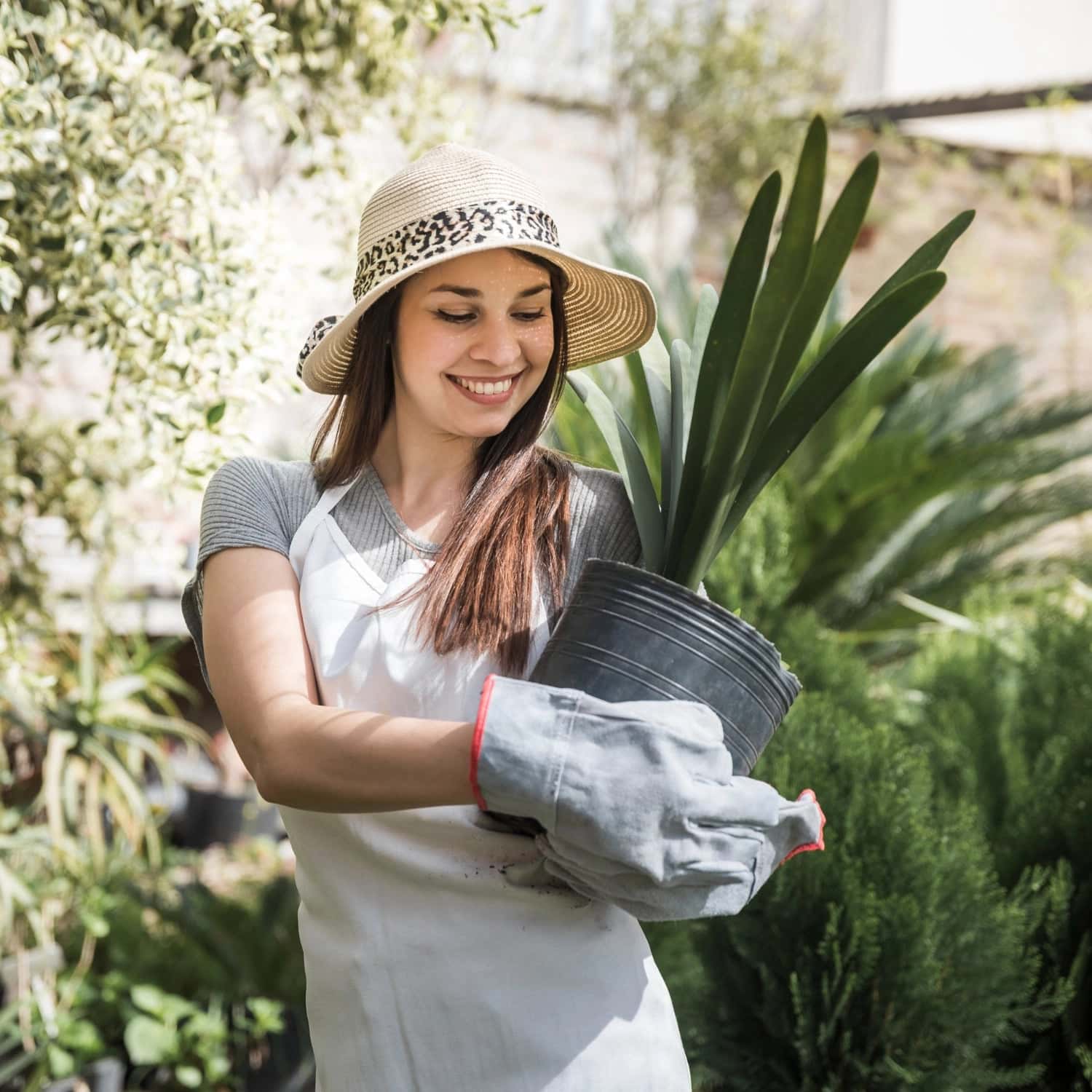Trees are more than just natural shade-providers—they’re living landmarks in your
landscape. Properly integrating them into your garden design not only enhances aesthetics
but also improves ecosystem health, provides habitat, and reduces soil erosion. Whether
your yard features towering oaks, graceful maples, or ornamental cherries, designing
around trees requires intentionality.

1. Start with a Purposeful Plan
Begin by defining how you want to use the space. Ask yourself:
– Do you want room for dining or lounging?
– Are you gardening or creating a play area?
– Do you need storage for tools or bikes?
A clear objective allows you to design with function in mind, ensuring every square foot
works hard.
2. Define with Mulch Beds
A circular mulch bed under the canopy looks clean and professional while protecting the
root system. Choose organic mulch like bark, pine straw, or composted wood chips. Keep
mulch 3–6 inches deep, but never pile it against the trunk (avoid ‘mulch volcanoes’).
3. Choose Smart Furniture
Select pieces that are both functional and space-efficient:
– Folding or stackable chairs
– Benches with storage
– Narrow bistro sets
– Built-in seating around the perimeter
Keep furniture proportional to your space to avoid overwhelming it.
4. Divide into Zones for Structure
Create the illusion of a larger space by defining ‘zones’:
– Lounge area with outdoor rug and soft seating
– Dining nook near the kitchen door
– Mini-garden with raised planters
– Reading corner or fire pit alcove
Use planters, rugs, or low partitions to visually separate zones.
5. Incorporate Reflective and Light Elements
Mirrors, glossy tiles, and metallic accents can visually expand space. Additionally, ensure
good lighting:
– String lights overhead
– Lanterns or LED wall sconces
– Solar lights along pathways
Soft lighting enhances atmosphere and safety at night.
6. Keep Plantings Simple and Cohesive
Limit your color palette and plant types. Use repeating textures and heights to create flow.
Some excellent space-saving plants include:
– Dwarf grasses and shrubs
– Columnar evergreens
– Herbs in window boxes or tiered shelves
Avoid large sprawling plants that can take over.
7. Optimize Hardscaping
Small spaces benefit from multi-purpose and minimalist hardscaping:
– Gravel patios instead of poured concrete
– Decking with hidden storage
– Curved pathways to soften straight lines
– Raised beds that double as benches
Keep hardscaping clean and minimal to open up the layout.
8. Make Use of Corners and Edges
Often-overlooked corners can become:
– A quiet reading spot with a single chair
– A mini fountain or sculpture
– A vertical herb wall
Utilize every inch wisely, especially edges that offer sun or shelter.
9. Choose a Focal Point
Give the eye a place to land. Focal points can include:
– A water feature
– A feature wall with climbing plants
– A bold piece of outdoor art
– A fire pit or statement plant
This anchors the design and makes the space feel intentional.
10. Maintain Openness and Flow
Avoid visual clutter. Use neutral base tones and keep accessories minimal. Allow for walking
paths and visual breathing room. A simple layout always feels more spacious.
Jewel Box Living
Your small backyard has the potential to be a dazzling jewel box—compact, functional, and
uniquely yours. By layering purpose, structure, and beauty, you can transform even the
tiniest lot into an enviable outdoor oasis.
With thoughtful design, your small backyard can feel grand in experience and appearance




